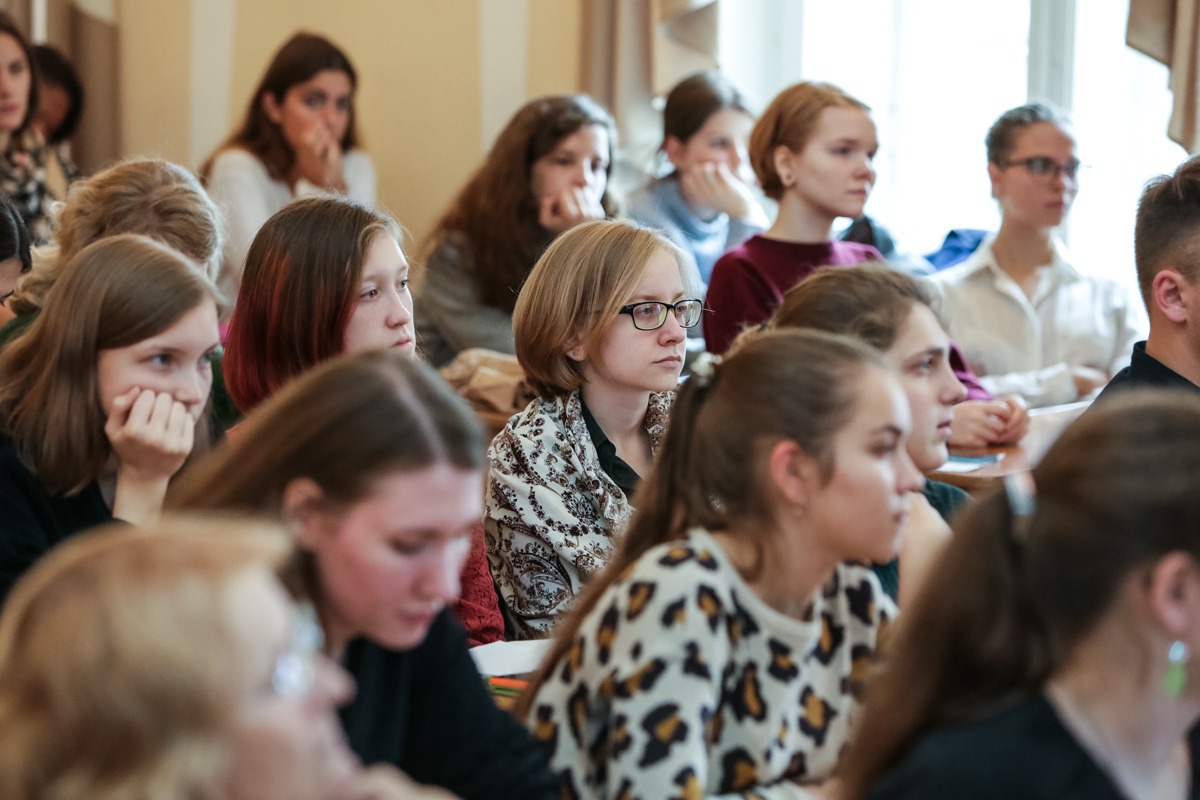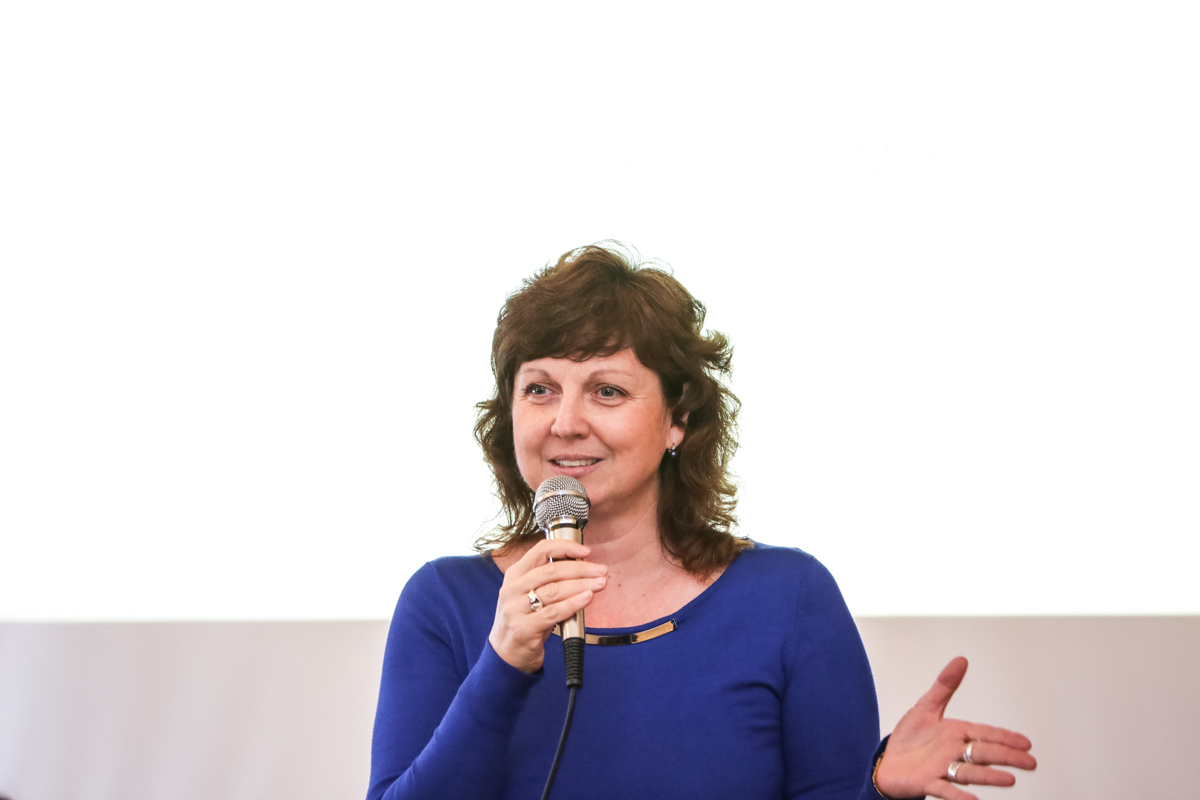Challenge accepted
When and how is neural information processing carried out? How does the brain perceive new information? How does it build new linguistic representations? What happens if speech production is destroyed?
The whole world is seeking answers to these questions. So is St Petersburg University that was awarded a megagrant of the Government of the Russian Federation to get an insight into Cognitive Neurobiology of the Process of Language Teaching and Perception.
The project is headed by Iurii Shtyrov, SPbU’s graduate, neurophysiologist, head of the laboratory of magneto- and electroencephalography at Aarhus University, Denmark. SPbU opened a laboratory of behavioural neurodynamics as part of the project.
At SPbU, Iurii Shtyrov delivered a lecture on Neurophysiological Mechanisms of Learning New Words that focused on what experiments he carried out and what the megagrant is concerned with.
“There are lots of challenges. Speech production is far more different from any other systematic series of operations we deal with. Many of them are well studied on the animals. We have gained a deep understanding of how visual and acoustic systems work and how the brain controls the way we move. Animal models that are traditional in physiology, however, are not appropriate to study speech production as it is specific for each individual. What makes the research of this kind possible to carry out is behavioural or non-invasive techniques”, — said the scientist.
That is not an only challenge we are facing. Oral information is highly dynamic. “The speed of my speech is seven syllables per second, the information is being provided as a flow, with its properties changing dramatically every millisecond: from frequency and amplitude to phonetics, grammar and meaning, — said Iurii Shtyrov. — What is more is that I speak and simultaneously perform other actions: switching from one slide to another by the remote control, gesticulate and so on. If we want to describe the dynamics of speech production, even the best non-invasive techniques to study brain, for example MRT or PET, are not enough. What is needed is the tools that can promptly respond to changes occurring in the brain activity. They are primarily magneto- and electroencephalography that can detect the brain activity per millisecond”
The grant also focuses on spatial-temporary dynamics of neuron activation in perceiving verbal information, for example words. Iurii Shtyrov told that he had already carried out the research of this kind that brought quite curious results. Those who took part in the experiments were given hundreds of words which are acoustically similar but have different meaning. Some of the words really exist, while others are pseudo-words. Magnetoencephalography shoed that the brain, in processing the real words and pseudo-words, responds differently.
The amplitude of the brain activity when processing the real words are higher than in processing pseudo-words.
SPbU’s Professor Uirii Shtyrov
“The front and temporal lobes, primarily of the left rather than right hemisphere, are responsible for verbal information processing. Presumably, the recorded activation reflects activation of the word representations in the human brain, so-called traces of the memory, that is neural networks coding words”, — said Iurii Shtyrov.
It can also be theoretically proven by the fact that the brain responds differently to the words we use on a regular basis and to the words we use seldom, the scientist told about such experiments. “ “Electroencephalography recorded the brain activity in response to acoustic signals: words with various frequency of usage. Presumably, the words leave memory traces in the neural networks. The more often the word is used, the more often it is activated in the memory. “If it is stimulated, we can see a higher frequency”, — said Iurii Shtyrov. — It is what we see: a relation between frequency of usage and brain activity





